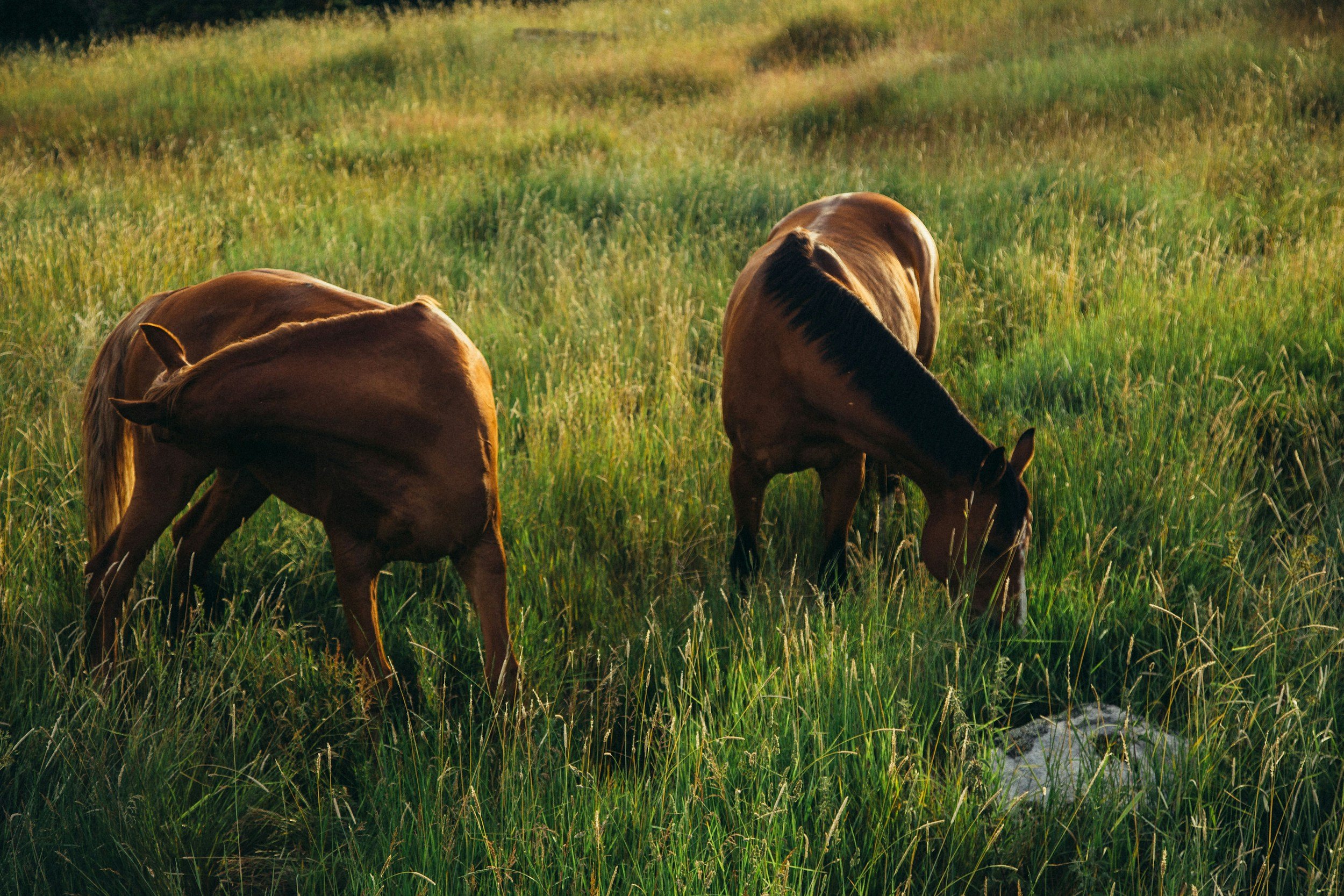
What does the work look like?
We begin with our feet on the ground and establish a way to connect to our bodies using somatic practices that expand our ability to be present. We observe our equine individual or herd and then enter in as it feels comfortable. We learn to understand horse communication and allow a relationship to unfold. Depending upon the individual this can be in stillness, or it can include movement. Each session may include elements like yoga poses tailored for emotional release, breath work to calm or energize the system, and meditation to foster presence and meaningful interactions with our horses. This can happen on the ground and, when appropriate, through bareback riding to deepen physical and emotional awareness.
Why bare back?
Because, when we feel connection and use these physical sensations to ground us in the present moment, our nervous system begins to unwind. With the saddle out of the way, we can better tune into the rhythm, breath and warmth of the horse, connecting body to body. This further supports the co-regulation between horse and human and allows new pathways to develop within the human’s somatic experience. Usually, the riding is while being led or on a lunge line. This isn’t always part of a client’s intention or need, however when it is, we begin slowly and only after they (and their relationship with the horse) are ready.
How is this ideal work for children or youth?
This approach can be especially ideal for children and youth because it doesn’t rely on talk or pressure to explain—it meets them where words often fall short. Many young people carry emotions they don’t yet have language for; horses help hold those feelings without judgment. Through movement, stillness, and subtle connection, young people are gently guided back to themselves in ways that feel natural, embodied, and unforced. Through breath, touch, and shared moments with horses—on the ground or bareback—youth learn to listen inward, regulate their nervous systems, and build resilience from the inside out.